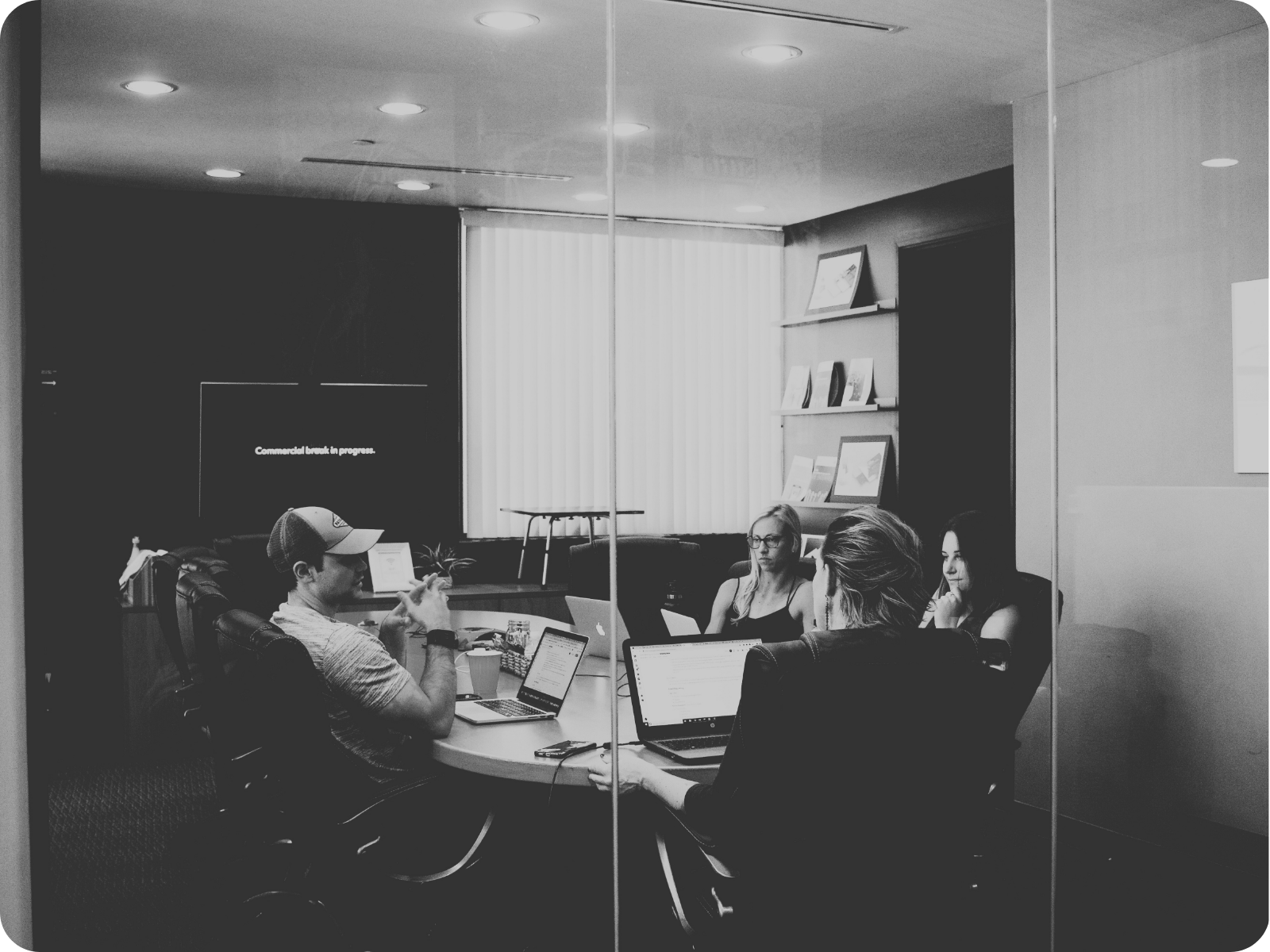Through our “Colleague Spotlight” Series we’re curious to explore the different ways of thinking and working of our colleagues. This time we talked with our design discipline lead – Bogdan Lupașcu, grab a coffee and enjoy the read, I for one found it insightful.
1. Collaboration between designers and stakeholders is essential for project success. How do you facilitate productive design critiques and ensure feedback is constructive and actionable?
One of the processes I’ve implemented inside the design team, is a weekly design critique session (length: 1 hour). This is an excellent process to foster collaboration, encourage feedback, and improve the overall quality of the team’s work. It allows designers to share their ideas, seek advice, and receive constructive criticism from their peers. In order for this to be a productive meeting, we established a set of ground rules which we follow in order to get the most out of it.
Here is an example of the set rules:
1. Clarify Goals and Objectives: Before diving into the critique, we ensure that the design objectives and project goals are well-understood by both the designers and stakeholders. This alignment helps in providing feedback that aligns with the project’s vision.
2. Promote discussion, not dictation: The team is always encouraged to ask questions or point out gaps and inconsistencies. The goal is not to provide prescriptive solutions.
3. Follow Up and Iteration: We follow up on the feedback received in subsequent critiques to see how designers have iterated on their designs. This reinforces the value of the critique process and shows that feedback is genuinely taken into account.
2. Design projects often require working under tight deadlines. How do you manage time effectively and maintain design quality without compromising on creativity?
Managing time effectively and maintaining design quality while working under tight deadlines is a common challenge for product design teams. In order for the team to strike a balance between meeting deadlines and preserving creativity, I’ve created a list of guidelines which help designers to better manage this scenario. Some examples are:
1. Set Clear Priorities: prioritize most critical work first
2. Break Down Tasks: divide projects/flows in smaller, fast to deliver, tasks
3. Prototype and Iteration: we encourage the use of rapid prototyping and iterative design processes. By quickly validating and iterating on ideas, designers can make informed decisions while maintaining creativity.
3. How do you measure the success of a design project beyond aesthetics? What metrics or indicators do you use to evaluate the impact of design on user experience and business goals?
This subject is a continuous “work in progress” inside our department (and the company for that matter), and we thrive to make it as “perfect” as it gets in order to get the best out of our team members and the work we provide.
Usually, design is subjective and it’s not that easy to pinpoint the best way of measuring the quality of the provided work, BUT this doesn’t mean that we cannot measure performance however creative it might be.
For example, one of the KPIs we use is called “Net Promotion Score (NPS)”. This KPI helps us assess customer loyalty for a company’s brand, products or services.
Some may say that “this KPI is a metric of success team!” – yes, it was designed for it, BUT in the majority of cases, bad NPS ratings are related to bad UX and bugs.
4. With the “work hard, play hard” saying in mind, tell us, what’s your favorite “play hard” activity or hobby outside of work, and how do you feel it influences your professional life?
This is an easy one! I go by the saying “mens sana in corpore sano” (a healthy mind in a healthy body) so I practice sports like football or running as much as I can, on a weekly basis. I believe that by keeping your body healthy, it helps me focus more easily on my day to day tasks and it provides me with the needed energy to achieve my personal goals.
5. Tell us about a time when you had to persuade a skeptical stakeholder to embrace a design solution. How did you approach the situation, and what strategies did you employ to gain their buy-in?
From my experience, there is no specific way for how to handle this kind of scenarios. I can’t give you a specific example of something like this, but I can tell you what I usually do to get approval for a specific design solution. I believe that everything is based on good communication and there should not be two sides of things: right and wrong. In order to get the support from the stakeholder, everything depends on how you present your solution.
First of all, you need to understand the stakeholder’s concern(s) and work your way around it. I start by actively listening to the stakeholder’s concerns and objections. Understand their perspective and the reasons behind their skepticism. This will help me tailor my approach to address their specific doubts.
One other thing I learnt from my experience, is that people are VISUAL! Presenting the stakeholders, a mockup/wireframe/interactive demo of the proposed solution, makes it easier for them to understand and envision the final product. By doing this, I can also address any trade-offs needed and helps me find a common ground.
Another important thing that I do, is to involve the skeptical stakeholder into the design process as much as possible. I seek their input and feedback during the development stages, making them feel like an integral part of the solution.
Finally, I’m patient and respectful. Changing minds and gaining support takes time. Avoiding becoming defensive or dismissive of their concerns, HELPS A LOT! Being patient and respectful during the persuasion process, helps me build TRUST which later on results in the outcome I seek.






